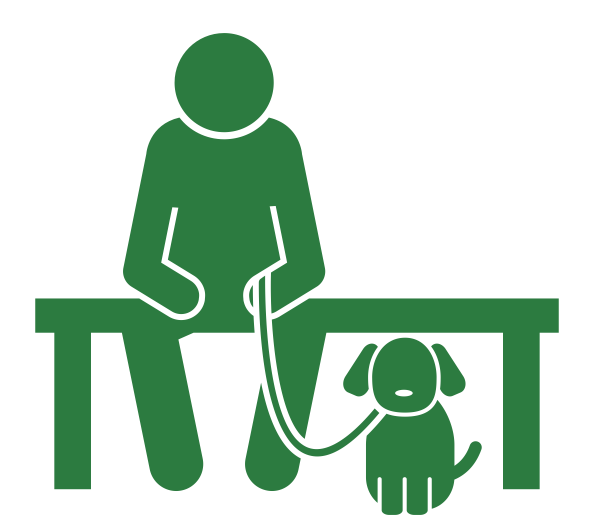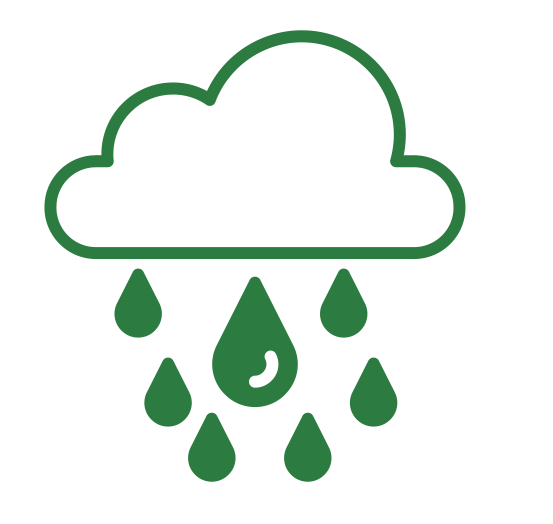Impact of Outdoor Activity on Your Body and Mind
Going Outdoors Lowers Stress and Boosts Your Immune System
Click on the forest or city to see what happens to the person in both places.
Being Outdoors Increases Mindfulness
Outdoor experiences can increase self-efficacy, mindfulness and subjective well-being. Furthermore, time spent outdoors may reduce feelings of time pressure and mental stress.[src]
Outdoor Activities Improve Vision
More time spent playing sports outdoors - but not indoor sports - is associated with less myopia (near-sightedness) [src].
Why Not Go Outside?
The Outdoor Industry Association ran a survey [src] to understand why people choose not to participate in outdoor recreation activites. Below were the top responses:
Participants were able to select multiple responses.
Outdoor Recreation is Healthier than Indoor Recreation
As we just learned above, studies have shown that outdoor recreation, compared to other recreational activities, can improve your health, for example by reducing the likelihood of near-sightedness.
Families with Children Visit Parks More Frequently
Outdoor recreation is great for families, even if it can be more challenging to plan. In fact, a survey found that people with children visited SF parks more often than those without.
Low-Income Households Still Frequently Visit Parks
There are many free recreational activities to participate in outdoors. Even though households with higher incomes tend to visit parks more frequently, >85% of surveyed low-income families visited parks, and > 70% visit them at least 1/month.
It's Easy To Learn More And Find Friends For Outdoor Recreation
These days, it's easy to find a group of friendly people online to participate in a varitety of outdoor recreation activities. For example, you could find a group of folks near SF that like going on hikes on Meetup. They'll often even plan the activity for you!
If you'd rather hike with people you know, then share this site with your friends to convice them to participate with you! If you're in SF, you can call 311 to get more information about parks near you.
People With Physical Disabilities Still Frequently Visit Parks
There are many accessible recreational activities to participate in outdoors. Even though people with physical disabilities tend to visit parks less frequently, >80% of surveyed people with physical disabilities visit parks.
SF is Full of Parks Within Walking Distance
San Franciso, like many cities, is full of parks that are easily accessible by public transit or even just walking. Check out the map below to find a park in SF near you!
As you can see, it turns out there aren't that many reasons left to avoid outdoor recreational activities.
But even if you're not convinced to go outside for yourself, see the impact it can have on your community!











Community Impact
Parks and green spaces also have a large, positive imact on the community.
Imagine a world without parks.
In addition to the lack of individual recreation space, harmful particlates in the atmosphere are more numerous, water is not effectively collected by plants, community cohesion is low, and the health care costs to a city are high.
Now, let's examine in detail what the impact of certain parts of parks have on a community. Statistics come from a San Francisco Report on The Economic Benefits of San Francisco’s Park and Recreation System
[src].
Absorption of Harmful Particles
Trees and shrubs absorb harmful particles such as CO2 and ozone. For the city of San Francisco, the estimated tons of each particle removed by parks is:
Carbon Dioxide: 2,246
2,246
Nitrogen Dioxide: 


 20,283
20,283
Ozone: 













 74,854
74,854
Particulate Matter:





 29,357
29,357
Sulfur Dioxide:  3,957
3,957
Improved Stormwater Retention
Park vegetation also helps increase stormwater retention, which helps prevent flooding and erosion. The city of San Francisco saves 134 million cubic feet of runoff from parks annually. That's 30% of its total annual rainfall!
Health Care Cost
Parks also help encourage citizens to remain healthy and active. Parks incentivizing people to stay healthy and active saves the city of San Francisco nearly $50 million in health care costs!
To figure out how much you may be costing the city, answer the questions below:

Community Cohesion
Parks increase community cohesion within a local community. They allow for a free, local place for community groups to gather. Additionally, many people volunteer to improve parks, which can result in heightened social capital, especially in neighborhoods without safe public spaces.